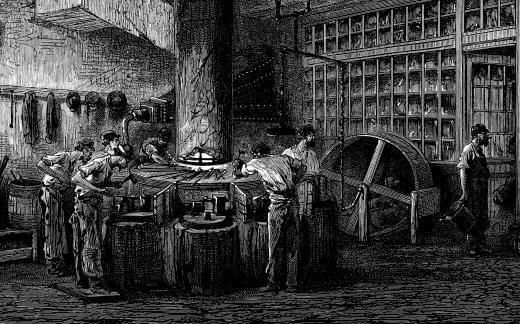The relationship between industrial design and development stems from the fact that industrial design is a consequence of industrial development, since it derives its inception from the need for a structured process for the guiding of the industrial development during the onset of the industrialization era. When it became clear that the world was on a firm path toward an industrial revolution that would change the previously held ideas regarding manufacturing and output, including even the introduction of globalization, industrial design was developed as a discipline of its own standing solely aimed toward the shaping of the industrialization efforts through the mixture of technology and creativity. This link between industrial design and technology can be seen in the use of industrial design as a means of coming up with innovative designs for the various manufacturing plants, machinery and even the products of the industrialization process.
The connection between industrial design and development became necessary when it became apparent that solid ideas and innovative minds would be needed to shepherd the industrialization process toward a growth curve. That curve would be fueled by the application of industrial design toward the development of the various components of the industrialization efforts, ranging from the manufacturing plants themselves to the equipment for and the output of the manufacturing processes. This relationship between industrial design and development becomes even more pertinent with the analysis of the definition of industrial design, something that encompasses a vast array of applications from product design to plant design.

An illustration of the link between industrial design and development can be seen in the case of the automobile industry, which is a product of the industrial revolution. The automobile industry involves a lot of processes that include the conceptualization of the various car designs, the development of equipment for the efficient, safe and expeditious manufacturing of the various components of automobiles, and the eventual development of the prototype of the automobile. All of the above described processes are the outcome of industrial design, starting from the development of the prototype to the eventual mass-production of the final product. As such, while industrial development might be used to describe the growth in the automobile industry in particular and the various industrial processes as a whole, this will not be possible without the application of innovative industrial design in order to guide the process and to develop the products and processes that lead to this growth.
